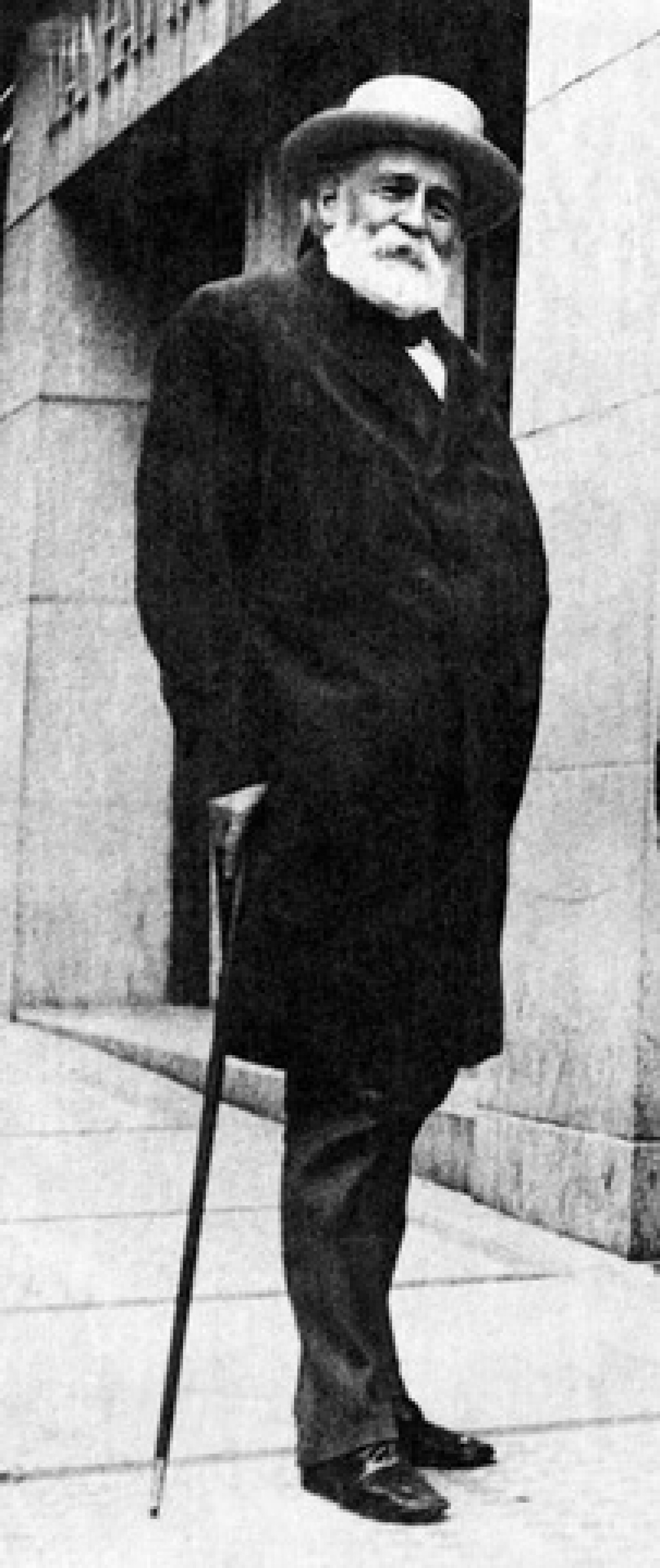Railroad mogul Collis P. Huntington died on August 13, 1900, at age 78. The Connecticut native grew up in poverty before moving to California during the 1848 Gold Rush. Unlike the miners, he realized that the real money was to be made from selling supplies, not panhandling for gold. After amassing a fortune, he became one of the “Big Four” railroad moguls who built two giant rail systems: the Central Pacific and Southern Pacific.
Huntington’s connection to West Virginia began in 1869, when he purchased a nearly bankrupt Chesapeake and Ohio Railway. Construction of the C&O from Richmond to the Ohio River had stalled before crossing the mountains into West Virginia. Collis Huntington first extended the line over the mountains to White Sulphur Springs and Hinton. Then, in 1871, he selected a western terminus for the railroad, located on the Ohio River in Cabell County. The new city of Huntington quickly became a railroad hub and gateway to the southern West Virginia coalfields. Coal flowed into Huntington, and manufactured goods traveled out, creating a booming economy. In less than two decades, Huntington had become West Virginia’s second-largest city.




















